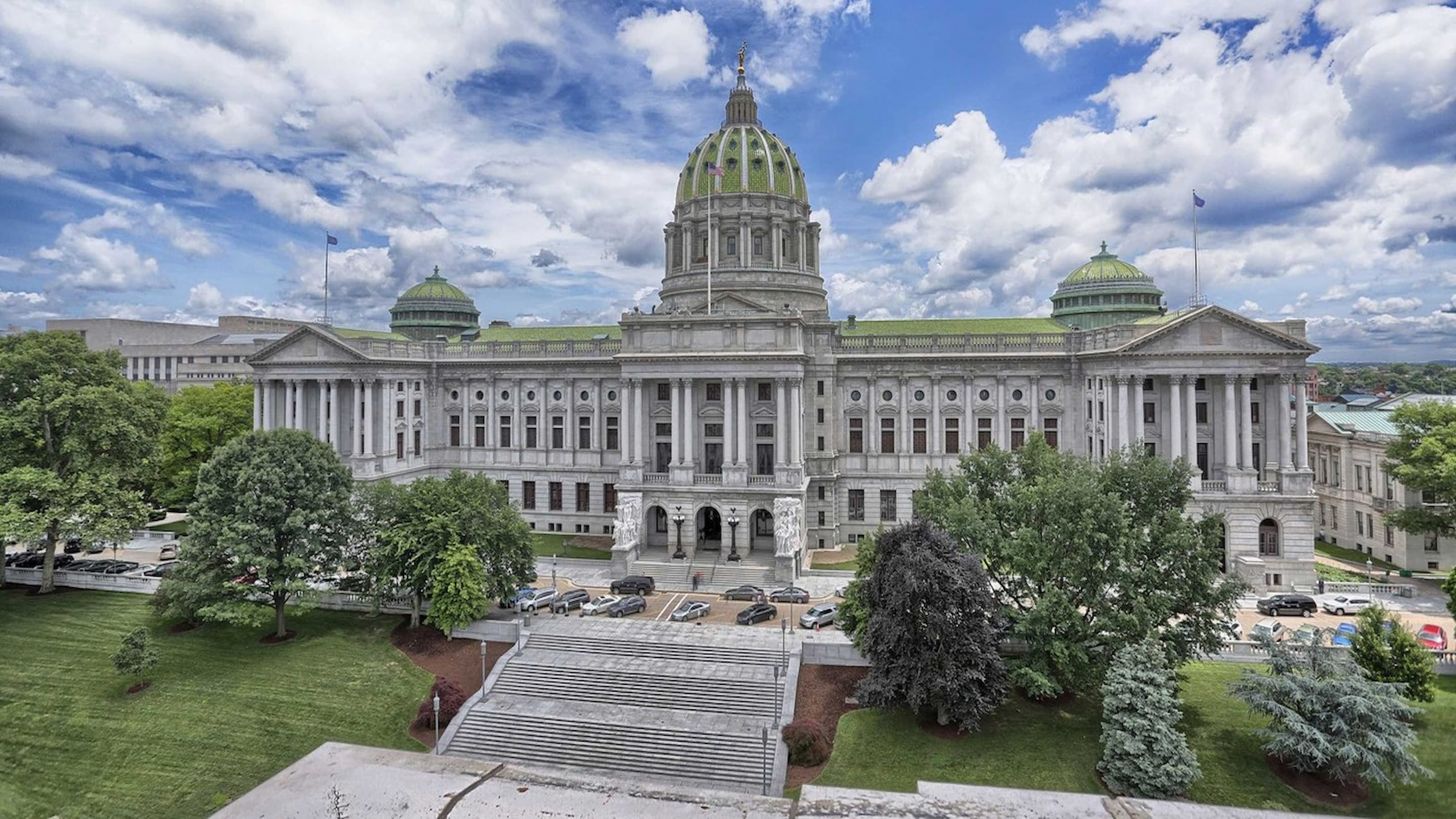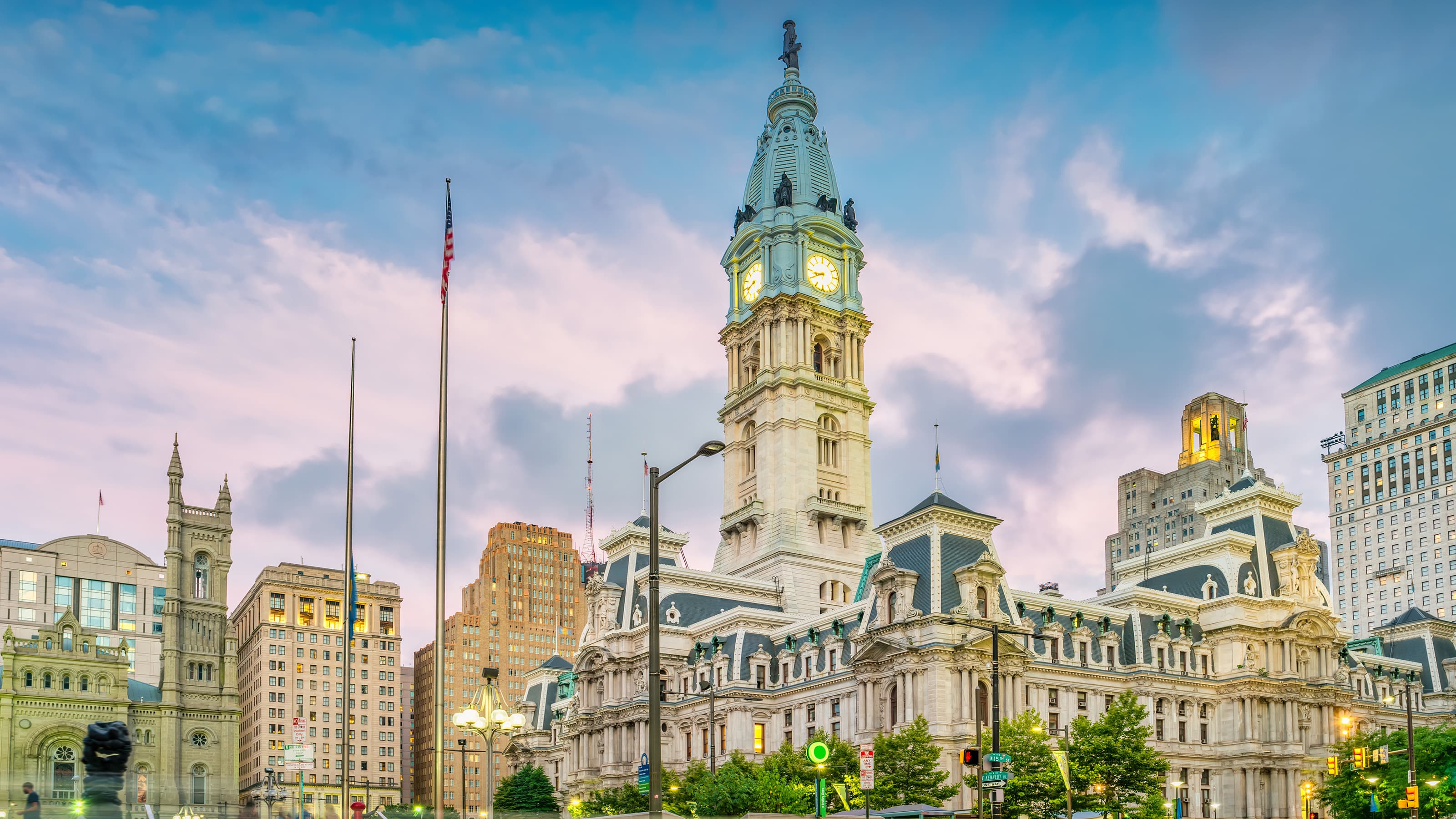Supreme Court to Hear Landmark Second Amendment Case
On Nov. 3, the Supreme Court will hear the first case on the Second Amendment in over a decade. Susan Liebell, Ph.D., Dirk Warren ’50 Sesquicentennial Chair and Professor and national expert on the Second Amendment, weighs in on why this case is so important and what the decision could mean for gun laws across the country.
 “A well regulated militia, being necessary to the security of a free state, the right of the people to keep and bear arms, shall not be infringed.” - The Second Amendment of the U.S. Constitution
“A well regulated militia, being necessary to the security of a free state, the right of the people to keep and bear arms, shall not be infringed.” - The Second Amendment of the U.S. Constitution
Twenty-seven words ratified in 1791 make up the Second Amendment of the United States Constitution, laying the foundation for America’s gun laws and the often debated right to bear arms. Next month, the Supreme Court will hear the first case on this amendment in over a decade — one of just three cases to make its way to the highest court of the land this century.
In the most recent case to challenge the interpretation of the Second Amendment in 2010, the court ruled to protect an individual’s right to keep weapons in their home as a measure of self-defense. This was an expansion of rights to the states following a landmark ruling just two years earlier in Washington, D.C.
In the new case that will be heard on Nov. 3, New York State Rifle & Pistol Association v. Corlett, the court will now examine one’s right to carry a gun outside of the home. It’s a case that could not only impact other states’ concealed carry gun laws, but it could also have surprising implications for freedom of speech.
The Second Amendment and the Supreme Court
Before diving into the case itself, it’s important to understand the court’s recent history with the Second Amendment. Gun law cases finding a spot on the Supreme Court docket is a relatively new occurrence.
“Up until 2008, the Supreme Court didn't talk about the Second Amendment,” says Susan Liebell, Ph.D., Dirk Warren ’50 Sesquicentennial Chair and Professor in the Department of Political Science and national expert on the Second Amendment. “People just assumed that this right to keep and bear arms was limited to the ‘white men in the militia’ — [the original intent of the amendment from the 1700s] — that the militias weren't playing any sort of great role in society, and the NRA had supported all of this.”
But in the late ’70s and leading up to the Regan administration years, that all changed.
“There was a revolution in the NRA and a really radical turn to thinking about individual gun rights as freedom that could not be regulated by the government,” says Liebell. “This was new; the court never said this, no one had ever said this.”
There was a revolution in the NRA and a really radical turn to thinking about individual gun rights as freedom that could not be regulated by the government.
Susan Liebell, Ph.D.
Dirk Warren ’50 Sesquicentennial Chair and ProfessorScholars and activists began to argue for an individual right to bear arms, but it would be another 31 years until the Supreme Court laid pen to paper on the 2008 and 2010 decisions that allowed citizens to keep weapons in their homes.
“It was controversial. In both cases, four justices thought the amendment is just about the militia, but that’s not what prevailed,” says Liebell, explaining that the courts chose to rule in favor of an individual’s right to self-defense, grounded in common law.
New York State Rifle & Pistol Association v. Corlett
Fast forward to 2021 and New York State Rifle & Pistol Association v. Corlett, a case involving two NYSRPA members, Robert Nash and Brandon Koch. Nash and Koch had individually applied for a concealed-carry firearm license for the purpose of self-defense, citing recent neighborhood robberies (Nash) and completion of a firearms safety course (Nash and Koch).
However, both parties were denied the specific license they requested under New York’s “proper cause” standard for self-defense. The law requires that an individual have “a special need for self-protection distinguishable from that of the general community.”
What exactly qualifies as a special need under New York law?
“If you’re carrying money at night, if you’re doing business with people at weird hours when others aren’t around: Those are the scenarios in which they regularly grant this,” Liebell says, adding that domestic violence survivors may also fall into this category. “It’s far more common than you would think.”
Concealed Carry in the U.S.

New York’s proper cause standard qualifies it as one of nine states with a “may-issue” permit policy. This means that a permit is required to carry a concealed handgun and that the granting of said permit is subject to certain criteria laid out by the state. Even then, it is up to local authorities’ discretion whether or not to grant the permit by determining proper cause.
“Before the 14th Amendment was passed and ratified in 1868, states like Indiana, Tennessee, Virginia, Alabama, Ohio, all banned concealed weapons. You had to actually hand over your guns and put them in a box to come into Dodge City or Tombstone, Arizona — places we associate with guns in the Wild West,” says Liebell. “So, you’ve got to look at the many laws that have restricted concealed carry.”
New York’s may issue is just one interpretation of the Constitution; other regulations range from not requiring an individual to have a permit to carry a concealed weapon, to not allowing individuals to carry a concealed weapon at all.
“In a federal system like ours with 50 states, the Constitution is there to set certain standards, and then the states and localities have to actualize those standards,” explains Liebell.
And so, it is up to the Supreme Court to determine if New York’s decision to deny a license falls under its local purview, or if it violates Koch and Nash’s Second Amendment rights.
The November Hearing
There are several directions the court could go in next month and, with a number of new justices and a conservative-majority bench, it will be hard to predict which way they’ll lean.
“We do not know exactly what they are willing to do in terms of ‘textualism,’ which is exactly what the text says, or ‘original understanding at the time,’ which is very fraught and establishing it, in my scholarly opinion, is really impossible,” says Liebell.
We do not know exactly what they are willing to do in terms of ‘textualism,’ which is exactly what the text says, or ‘original understanding at the time,’ which is very fraught and establishing it, in my scholarly opinion, is really impossible.
Susan Liebell, Ph.D.
Dirk Warren ’50 Sesquicentennial Chair and ProfessorThe first possibility is that the court could narrowly look at the case, focusing only on the New York law at hand and whether or not it’s unconstitutional. Then there’s the second possibility, which is that the court could use this case to say more about the Second Amendment and potentially make an argument for how far one’s protection for self-defense extends outside of the home. This would affect other may-issue states and the ease of obtaining a concealed-carry permit.
“There are so many gradations that they could produce. The fact that they took the case only means that four justices wanted the case,” says Liebell. “New York is among a small group of states — though representing a lot of people — with may issue, and the discretion of the local official is going to be part of the issue.”
But there’s another unexpected layer to the court’s decision next month: free speech.
“Some people think concealed carry has a chilling effect on free speech. If I'm standing outside and I'm making a speech about something unpopular, or if I teach at a public university and my students have concealed weapons and they get angry, would it stop me from making certain comments or having certain discussions in public?” poses Liebell. “When we think about the Constitution, we have to think about it as a whole.”
From the Court to the Classroom
As America follows along next month, Liebell’s first-year and upperclass students will be playing out the decision in a simulation court case.
“I’ve been doing it for about 15 years and I do it because students who've taken the class always remember it as the most important thing that they did. They end up practicing research and writing and arguing and speaking in ways that are really unique,” she says.
For the first half of the semester, the students listen to oral arguments and learn how to read a case and use legal databases. They then pull from a hat to decide who will play what part, and the students break into small groups to begin research and start their arguments. Her classes have been known to predict the unpredictable.
“Years ago we did a moot court case on Bostock v. Clayton, which was about somebody who came out as gay in their workplace and was fired. My class was pro-trans rights and pro-sexual orientation, and people playing Gorsuch and Kavanaugh were like, ‘I vote for this.’ I told them it was wishful thinking. Sure enough, I was totally wrong and that’s exactly how the court ruled,” says Liebell.



